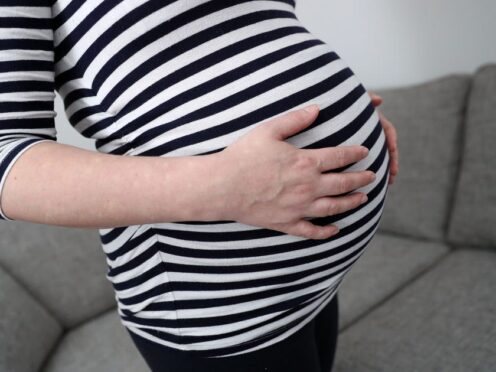Scottish Government-funded campaigns aimed at encouraging people to become sperm or egg donors have been branded an “appalling use” of public cash after attracting just 16 people.
A total of £185,518.44 was spent on three national campaigns in a bid to attract donors – whose eggs and sperm are used to help those struggling to conceive a child.
The first two campaigns, which ran from June to July 2021 and then in October to November 2022, attracted six men and 10 women to come forward, figures revealed using freedom of information legislation show.
With the bill for the ad campaigns in those two years alone said to be £135,999, the organisation Surrogacy Concern said that amounted to a cost of almost £8,500 per donor.
The group, which was set up to oppose any relaxation in the UK’s surrogacy laws, has now written to the Government to highlight its concern that young people are being targeted in these type of campaigns.
Surrogacy Concern founder Helen Gibson said ministers should ditch any further campaigns to encourage egg and sperm donation.
Ms Gibson said: “We were horrified when we discovered the Scottish Government had spent over £135,999 of public money targeting women and men as young as 18 for their gametes in two campaigns in 2021 and 2022.
“We consider this to be an appalling use of public money.
“No health risks were listed on the adverts, and yet we know young women are at higher risk for complications arising from egg retrieval than older women.
“Two women in the UK died from complications arising from ovarian hyperstimulation syndrome (OHSS) in 2005 and 2006, a condition which is caused by egg retrieval, and for which there is no cure.
“We have been contacted by women who have nearly died from OHSS, and who have suffered bowel perforation, abscesses and passing out from the pain during egg harvesting procedures.
“That young women could be targeted by the state to endure this for the benefit of others defies belief.
“This is not territory the state should be straying in to. We urge the Scottish Government to drop this campaign and not repeat it.”
A Scottish Government spokeswoman said: “There is a shortage of egg and sperm donors across the UK and the Scottish Government, in partnership with NHS Scotland, launched the recent national donor gamete campaigns to help alleviate this shortage.
“Gamete donations from the recent donor campaigns will help create much wanted families for those receiving NHS IVF treatment.
“All donations are altruistic and are made through a desire to support those who need help becoming parents.
“All potential donors within NHS Scotland receive mandatory counselling, and the four NHS assisted conception units give prospective donors accessible and up-to-date information to enable them to make informed decisions about any consent they then provide.
“This is a thorough process, and it takes months to reach the point of donation.”
